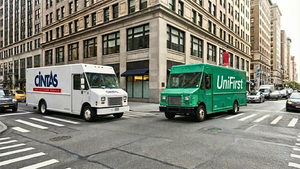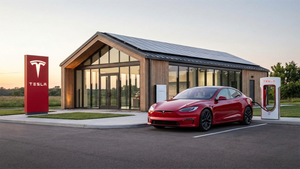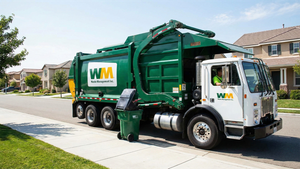 Photo from Unsplash
Photo from Unsplash
Originally Posted On: https://www.insurancecloud.co.uk/what-gap-insurance-and-do-you-need/
GAP, or Guaranteed Asset Protection, insurance protects your vehicular investments in cases of a total loss due to an accident or theft. If you owe more on your car loan than the actual value of your vehicle, GAP insurance pays the difference.
When you buy a new or used car, motorbike, motorhome, or van, you will likely do everything you can to protect your investment. You might get an extended warranty from the dealership, a service contract, or even roadside assistance. But if you were to have an accident or your car was stolen, your insurer would only pay for the current value of the vehicle, which may be less than what you paid or owe if you have a loan.
GAP insurance, in the simplest of terms, protects you financially if your vehicle is totalled or stolen. GAP insurance covers the difference, or the “gap”, between the amount your regular insurance pays out on a claim and the value you paid for your vehicle.
For example, let’s say you bought a new car for £30,000. After two years, it was written off in an accident. Your regular vehicle insurance policy pays out £25,000 because that’s what the car is worth at the time of the accident. Leaving you short in comparison to what you paid for the vehicle. That’s where GAP insurance comes in. GAP insurance would cover the £5,000 difference so you wouldn’t be left financially short or stuck with a bill for a car you can’t even drive anymore.
What Are the Different Types of GAP Insurance?
There are four main types of GAP insurance: Return to Invoice (RTI), Vehicle Replacement Insurance (VRI), Return to Value (RTV), and cover for Contract / Lease hire
- Return to Invoice (RTI) pays the difference between your insurer’s payout and the original invoice price of the vehicle if it’s written off or stolen within four years of ownership.
- Vehicle Replacement Insurance (VRI) does the same thing but takes into account any depreciation that has occurred since you purchased the vehicle.
- Return to Value (RTV) pays out based on the current market value of your vehicle at the time it’s written off or stolen – not necessarily what you paid for it originally.
- Cover for Contract / Lease hire is similar to RTI but is designed specifically for people who lease their vehicles rather than purchase them outright.
Do You Need GAP Insurance?
GAP insurance is not a legal requirement in the UK but it can be very useful, especially if you’re financing a new car. Even though GAP insurance isn’t a requirement, it may be a good idea depending on your financial situation.
Should You Get GAP Insurance?
The decision of whether or not to purchase GAP insurance is one only you can make. Ultimately, it depends on factors like how much money you have saved up, how long you plan to keep your vehicle, and how much debt you’re comfortable taking on if something happens to your car.
If you’re still making monthly payments on your vehicle and don’t have a lot of extra cash on hand, GAP insurance might be a good idea. It could mean the difference between being able to afford a replacement vehicle and being stuck without personal transportation.
On the other hand, if you own your vehicle outright or are close to paying it off, GAP insurance may not be necessary. In that case, it might be better to simply save up some money in case something happens so you’re not left scrambling to come up with cash in an emergency.
GAP insurance is an optional extra that can give you financial protection when driving your new or used car, motorbike, motorhome, or van. It covers the gap between what your regular insurance pays out on a claim and either the original invoice price or the current market value of your vehicle – depending on which type of GAP insurance you choose. While it’s not required by law, it could be beneficial if you don’t have a lot of extra cash on hand in case something happens to your car.
You can compare GAP insurance from our panel of insurers through our comparison service. This way you’ll be sure to compare rates and coverage before deciding so you can find the right policy for your needs at the most affordable price for you.






